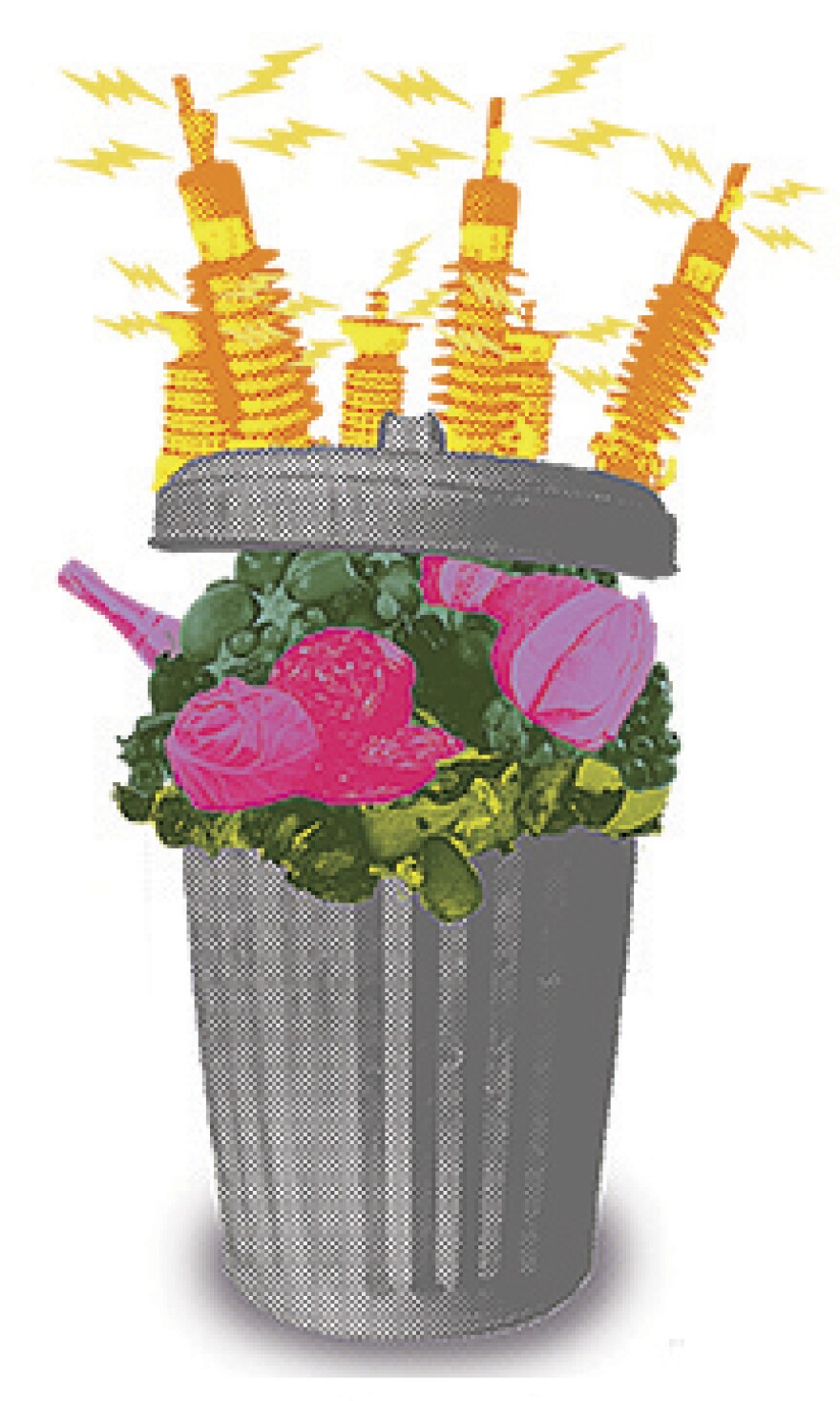If you’re like most people, you don’t think too much about your food waste. Your stale pizza crusts, apple cores, coffee grounds, or wilting lettuce leaves serve little purpose beyond creating an amalgamation of funky odors at the bottom of your trash bin until your trash is carried far away, never to be thought of again.
Rosalie Bingham, however, sees a brighter future for your food waste — one that might come back to work in your favor. Bingham, a fourth-generation Nevadan and the founder of Regener8tive, a nonprofit that assists environmental projects, recently launched “The Green Machine Initiative,” an environmental project to increase renewable energy in Las Vegas by converting organic waste into power and water.
Las Vegas is home to Apex Landfill, the biggest landfill in the nation. According to the Review-Journal, the site averages nearly 300 tons of garbage every hour — enough to make it the nation’s largest in tonnage received.
This unfathomably large amount of trash is partially the result of the 40 million tourists who visit annually. Another factor is that our city of two million people has only one waste site, and no incinerators.
“We can no longer sustain the damage our societies have undergone, and we need solutions to actually repair this damage,” Bingham says.
Through the Green Machine solution, the hundreds of tons of daily food waste that end up in our landfill would be redirected toward an Anaerobic Digester System (ADS), a technological process by which organic matter such as animal or food waste is broken down to produce power and water. If ADS were implemented in Las Vegas, not only would it substantially reduce the hundreds of tons of waste dumped into our landfills daily, but it would help Nevada move toward energy independence.
Though Apex Landfill encompasses about 2,200 acres, eight one-megawatt anaerobic-digester facilities, each of which would cover about one acre of land, would be able to process approximately 61 tons of solids per unit each day — a substantial amount of waste.
Nevada relies on outside sources for more than 80 percent of the power we consume. As the Las Vegas Sun has reported, the state spends $700 million per year on out-of-state fossil fuels to power the flashing lights, gigantic billboards, and air-conditioned casinos.”
Bingham has gained the interest of businesses and organizations across the valley, including the local power and gas companies; someday, local buses might be fueled by gas produced by the digester.
“It crosses party lines, genders, and cultures, because you’re talking about something that benefits everybody,” Bingham says. “It can create more collaborative effort instead of competition, which will then create self-reliant communities.”
Still, the initiative faces challenges due to a lack of public awareness and funding for the Anaerobic Digester Systems, as well as an increased premium for the new energy source, similar to other green energy producers, such as solar and wind.
Still, Bingham is certain that Las Vegas can eventually become not only self-sustaining, but a leading force in renewable energy production and sustainability: “This is just the beginning of regenerative solutions; there is so much more that we can do together as a collaborative community.”
For more: localsparx.com








